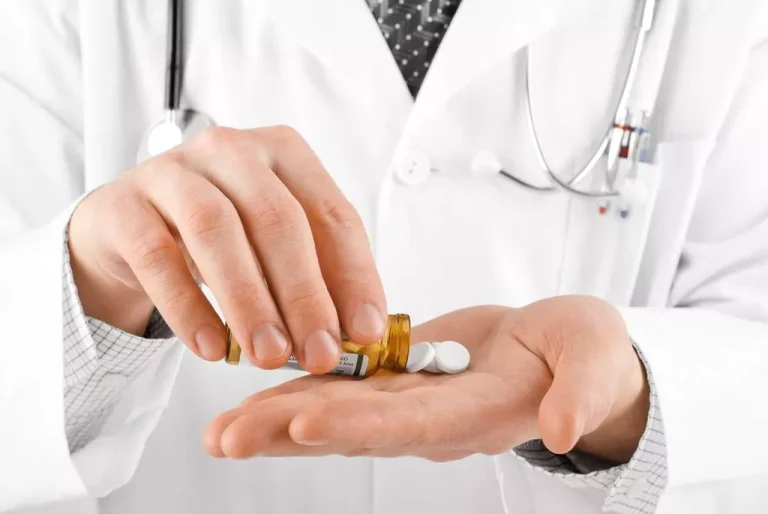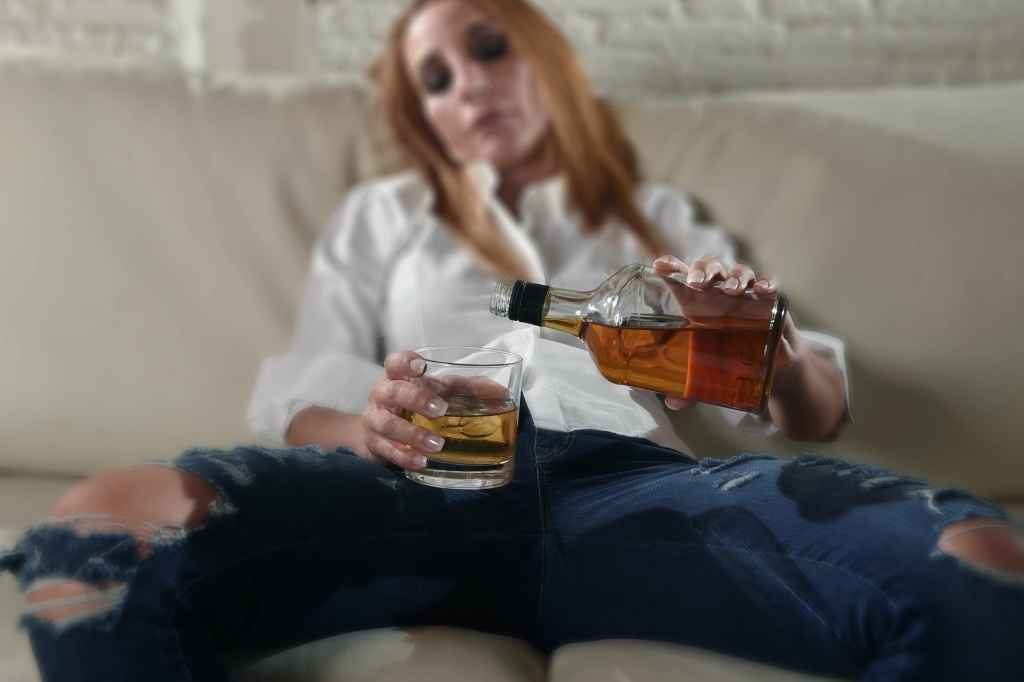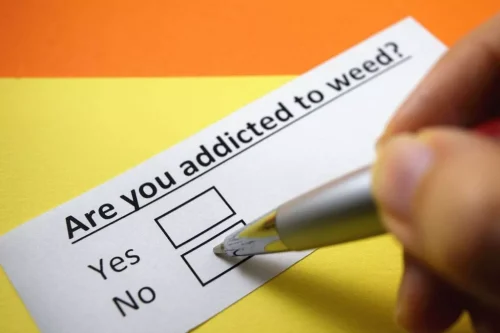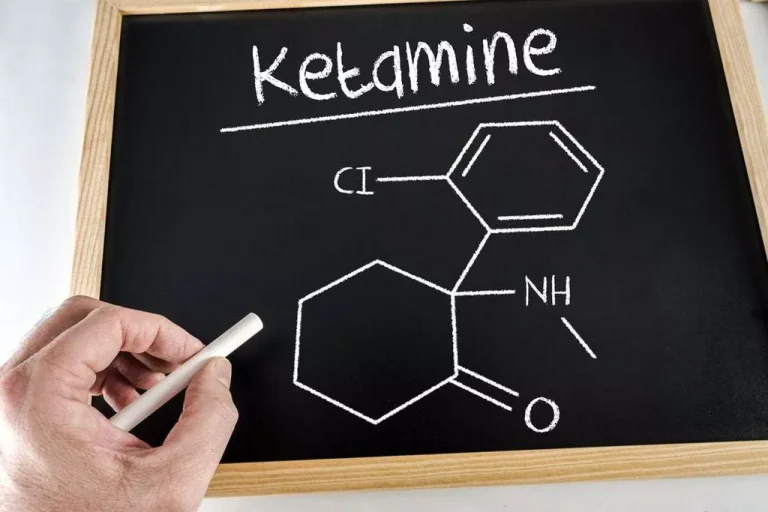He also explains that the potential benefits are poorly studied and that the possible long-term benefits are outweighed by the more immediate health problems caused by binge drinking. In 2015, 26.9 percent of people in the United States reported binge drinking in the past month. NIAAA research indicates that only about 2 percent of people who drink within these limits have alcohol use disorder. No matter your reason for looking at your drinking habits, you may find that in the end, you don’t need alcohol at all.
Drinking Patterns and Their Definitions
Gallstones and type 2 diabetes are also less likely to occur in moderate drinkers than in individuals who drink no alcohol at all. A drink before a meal may improve digestion, and occasional drinks can be a social tonic that contributes to overall well-being. ” are really asking how much they can safely and sensibly drink without facing serious consequences. If you’re unsure whether you should be drinking alcohol, follow up with your doctor or healthcare provider. They’ll offer guidance on healthy drinking habits and whether you should be drinking at all. The CDC also defines binge drinking, which can lead to an array of health issues.
Low-Risk Drinking and Alcohol Use Disorder (AUD)
Recent studies have found no significant differences between in-person and telephone interviews on most measures of drinking behavior (Greenfield et al. 1997; Rehm 1998). When analyzing the results of QF measures, researchers can use several formulas to multiply the frequency of alcohol consumption and the average amount consumed. One benefit of QF measures is that the analyses sometimes also provide information on drinking patterns. One disadvantage, however, is that respondents, particularly those with irregular drinking patterns, may have difficulty providing accurate answers, because they must mentally average their alcohol consumption over the entire year (Rehm 1998). Research conducted using each perspective seeks slightly different information from study participants.
Studies suggesting a heart benefit
- Excessive alcohol use is a term used to describe four ways that people drink alcohol that can negatively impact health.
- Heavy drinking is a major cause of preventable death in most countries.
- For women, this typically happens after about four drinks in two hours.
Columbia epidemiologist Katherine Keyes ’10PH explains the slippery science behind alcohol’s health effects. Limit milk/dairy (1-2 servings/day) and juice (1 small glass/day). Changes over the past 25 years in the definitions of many psychiatric disorders have resulted in the continual need to develop new instruments to assess evolving criteria. Likewise, criteria in the ninth revision of the International Classification of Diseases (World Health Organization WHO 1977) were modified substantially in the 10th revision (WHO 1992).
Moderate Drinking Explained: Guidelines, Definition, & FAQs
With growing awareness of alcohol’s health risks, a “sober curious” movement has recently taken off, especially among millennials and young adults. Supporters advocate for a mindful approach to drinking, often encouraging periodic pauses like “Dry January” or “Sober October” and less alcohol consumption overall. “When people cut out alcohol,” she says, “they often sleep better, feel mentally sharper, and have more energy.” She emphasizes that a successful shift toward sobriety often hinges on finding creative new ways to socialize and let loose. But whether it’s through mocktail meetups, outdoor activities, or game nights, there are other ways for people to party, hang out with their friends, and feel in the moment. “Turning the page on alcohol becomes easier when you discover new ways of connecting with people,” she says. To some degree, discrepancies in the definition of moderate drinking may result from the fact that some people confuse the term with “social drinking” — that is, drinking patterns that are accepted by the society in which they occur.
“Non‐drinkers, both ex‐drinkers and lifelong teetotalers, consistently show an increased prevalence of conditions likely to increase morbidity and mortality compared with occasional or light drinkers. In addition, regular light drinkers tend to have characteristics extremely advantageous to health,” the authors wrote. The study, which included nearly 5 million tommy lee sober people, found that low-volume drinkers had a significantly lower mortality risk than did lifetime abstainers. Those scientists may not be as attuned as alcohol researchers to the numerous methodological subtleties involved in measuring alcohol consumption and thus may be more likely to misinterpret some of the findings.
Twenty-seven percent of cancer deaths in women and 19% of those in men were linked to their drinking habits. Short-term recall methods ask respondents for information about their actual alcohol consumption over a short period of time (e.g., the past week). The most commonly used measures in this category ask each participant to cite the number of drinks that he or she consumed on each of the 7 days preceding the survey, beginning with the most recent day (Rehm 1998). One drawback to this type of survey is that many infrequent or occasional drinkers may report no alcohol consumption during the time studied.



















